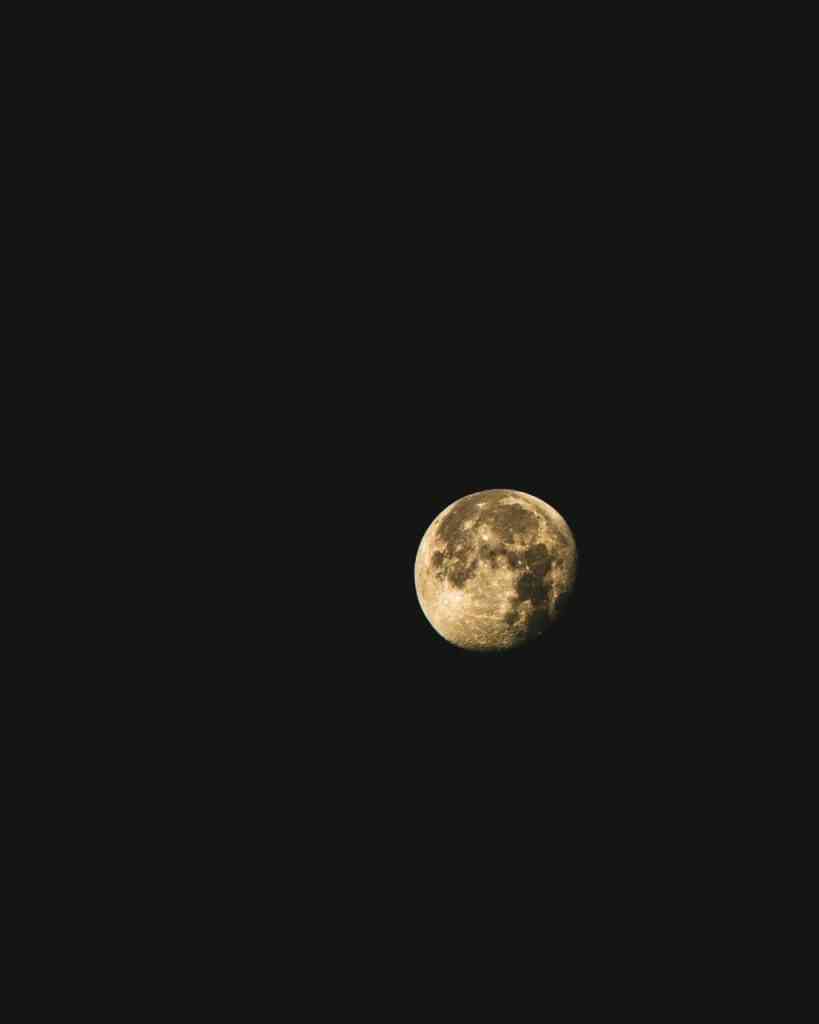Japan’s Slim Moon Lander: A Possible Revival Through Sunlight
Introduction
In a captivating twist of events, Japan’s space agency, Jaxa, is exploring the potential revival of its Slim Moon lander, which faced a power outage shortly after its historic touchdown on the lunar surface. This article delves into the circumstances surrounding the lander’s predicament and the agency’s hopeful outlook for restoration.
Slim’s Lunar Touchdown and Subsequent Power Loss
On Saturday, the Slim spacecraft achieved a significant milestone by becoming the fifth nation in history to successfully execute a soft lunar touchdown. However, the initial jubilation was short-lived as engineers discovered that the lander’s solar cells were facing westward, away from the Sun, hindering electricity generation. Consequently, the mission team made the difficult decision to power down the spacecraft just three hours after its touchdown to conserve energy.
Jaxa’s Statement on Potential Power Generation
Despite the setback, Jaxa expressed cautious optimism, stating, “If sunlight hits the Moon from the west in the future, we believe there’s a possibility of power generation, and we’re currently preparing for restoration.” This glimmer of hope stems from the anticipated shift in lighting conditions that could potentially illuminate the lander’s solar cells and initiate power generation.
The Significance of Slim’s Mission: “Moon Sniper” and Japan’s Achievements
The Slim mission, also known as “Moon Sniper,” holds particular significance due to its utilization of precision-landing technologies. Its successful touchdown marked Japan’s entry into an exclusive club of nations that have accomplished a soft lunar landing, a feat previously achieved by the United States, the former Soviet Union, China, and India.
The Decision to Put the Craft to Sleep: Power Conservation and Restart Considerations
Faced with dwindling power levels, the mission team made the strategic decision to put the spacecraft into a sleep mode to prevent a complete system shutdown. This proactive measure aimed to preserve sufficient power to facilitate a potential restart of the lander. As Jaxa explained, “The battery was disconnected according to our procedures with 12% power remaining, in order to avoid a situation where the restart (of the lander) would be hampered.”
Confirmation of Data Acquisition and Ongoing Mission Updates
Despite the power outage, mission control successfully collected valuable data, images, and descent information before the shutdown. Jaxa expressed relief and excitement over the successful data acquisition and promised to provide regular updates throughout the week, keeping the public informed of the mission’s progress and any developments in the restoration efforts.
Lunar Day and Illumination Cycles: Timing and Implications for Power Generation
Moon missions strategically aim to land during the early stages of the “lunar day,” when the Sun rises over the eastern horizon. This timing provides approximately two “Earth weeks” of illumination before the Sun sets in the west, leading to two weeks of darkness. At the time of Slim’s landing on the slopes of Shioli Crater, it was experiencing “morning.” If the spacecraft’s solar cells are indeed pointing westward, it may need to wait until the “lunar afternoon” for sufficient sunlight to reach the cells and initiate battery charging.
Slim’s Rovers and Infrared Camera: Potential for Further Exploration
The Slim spacecraft carried two small rovers, which data suggests were successfully ejected prior to touchdown. Additionally, the craft was equipped with an infrared camera designed to study the local geology. The extent to which these instruments can be utilized for further exploration remains uncertain and will depend on the restoration of power levels.
The Challenges of Lunar Landings: Historical Success Rates and Japan’s Contribution
Statistically, lunar landings have proven to be a challenging endeavor, with only about half of all attempts resulting in success. Prior to Slim’s touchdown, only four nations—the United States, the former Soviet Union, China, and India—had successfully landed on the lunar surface. Japan’s Slim mission marked a significant achievement, demonstrating the country’s growing capabilities in space exploration.
Conclusion
Japan’s Slim Moon lander has encountered an unexpected challenge due to its solar cell orientation, resulting in a power outage shortly after its historic touchdown. However, Jaxa remains hopeful that sunlight may eventually reach the lander’s solar cells, enabling power generation and restoration. The mission team continues to analyze data and prepare for potential recovery efforts. The outcome of this situation will provide valuable insights into the complexities of lunar missions and the resilience of spacecraft in overcoming unforeseen obstacles.
